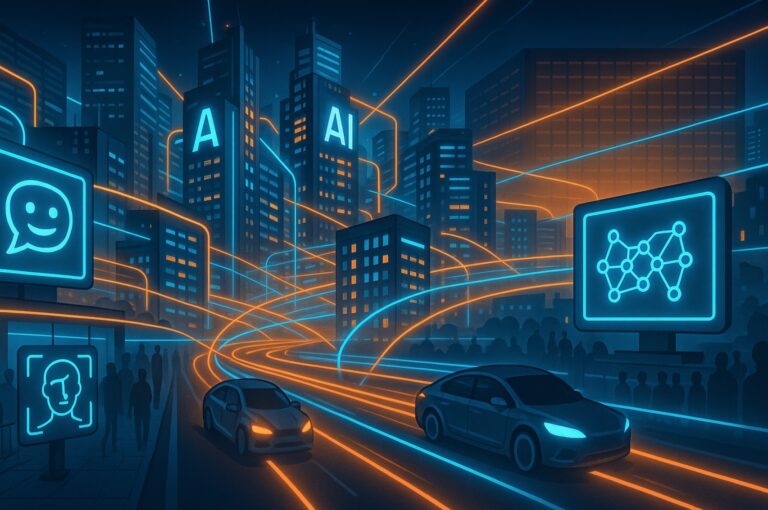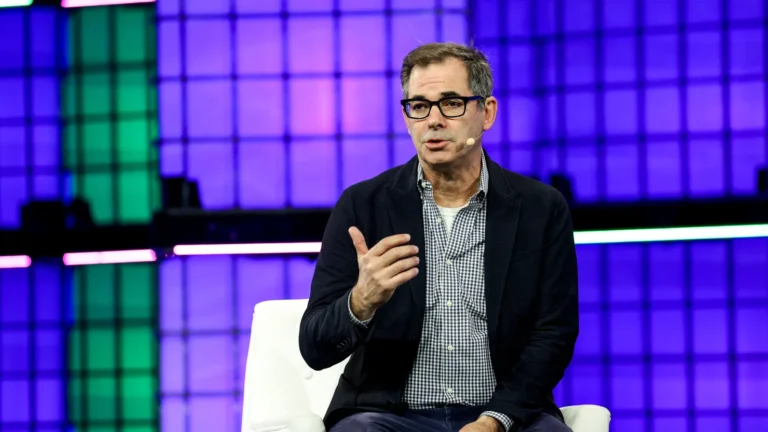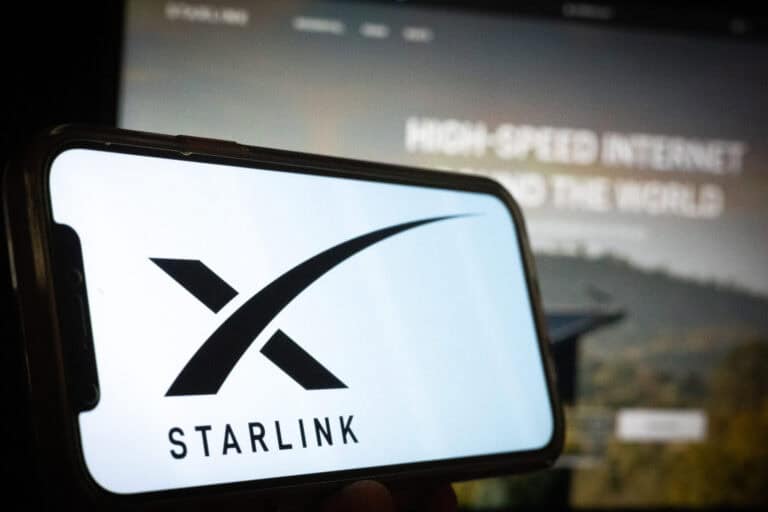Why AI’s Future Depends on the Network, Not Just the Chip
Posted: May 01, 2025
For decades, innovation in computing has followed a clear storyline: faster chips, smarter architectures, smaller transistors. First came the Central Processing Unit (CPU) ... read more

The Breakdown
AI is projected to have a $15.7 Trillion economic impact by 2030
Posted: Apr 22, 2025
$15.7 Trillion is the projected economic impact of AI by 2030, according to PwC. Of that, $6.6T will come from productivity gains, and ... read more

AI is projected to have a
$15.7 Trillion
economic impact by 2030
Number of the Week
Poll
Data Centers Without Fiber are Just a Giant Refrigerator
Posted: Apr 22, 2025
States across the U.S. are offering increasingly aggressive tax incentives to attract data centers — and it’s working. Billions of dollars in investment ... read more

Future Forecast
H5 Takes a Look at State-by-State Incentives for Data Centers Nationwide
Posted: Apr 21, 2025
[ SOURCE: H5 Data Centers ]

What You Should Read

What You Should Read
The Inference Era Is Here — And Enterprises Can’t Ignore it
Posted: Apr 21, 2025
The Inference Era Is Here — And Enterprises Can’t Ignore it Training happens in centralized data centers. It’s compute-heavy and bandwidth-intensive, but latency ... read more

Current Temp
CoreWeave’s debut is landmark moment in AI boom and could kick off ‘IPO parade’
Posted: Mar 31, 2025
[ SOURCE: CNBC ]

What You Should Read
Future Forecast: A Look at Satellite
Posted: Mar 31, 2025
The rise of satellite internet—driven by ambitious projects like Starlink—has reignited global conversations about how we connect. A constellation of low Earth orbit ... read more

Future Forecast





